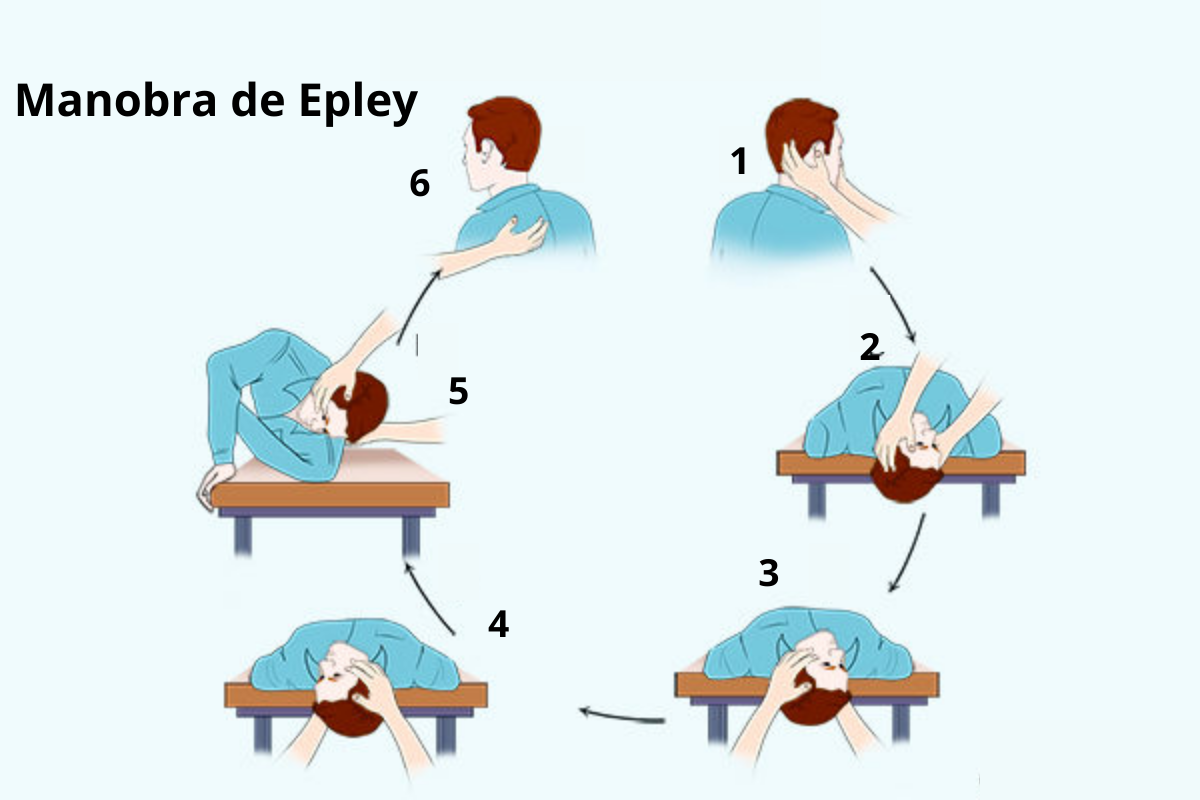What is vertigo and how do you get it? Vertigo, a distressing sensation of dizziness and imbalance, can stem from various causes. This article delves into the complexities of vertigo, exploring its symptoms, causes, diagnosis, treatment options, and preventive measures.
From understanding the difference between vertigo and dizziness to identifying the underlying medical conditions that trigger vertigo, this guide provides a comprehensive overview of this condition, empowering individuals to manage their symptoms effectively.
Vertigo
Definition and Symptoms
Vertigo is a sensation of spinning or dizziness that is often accompanied by nausea and balance issues. It is different from dizziness, which is a more general term for feeling lightheaded or unsteady. Vertigo is caused by a problem with the vestibular system, which is responsible for balance and spatial orientation.
Common Symptoms of Vertigo
* Spinning sensation
- Nausea
- Vomiting
- Balance problems
- Difficulty walking
- Double vision
- Tinnitus (ringing in the ears)
Types of Vertigo
There are two main types of vertigo: peripheral and central. Peripheral vertigo is caused by a problem with the inner ear, while central vertigo is caused by a problem with the brain or brainstem.
Causes of Vertigo
Vertigo is a sensation of dizziness or spinning that can be caused by a variety of underlying medical conditions. These conditions can affect the inner ear, the brain, or the nerves that connect the two.
In most cases, vertigo is a temporary condition that will resolve on its own. However, in some cases, vertigo can be a sign of a more serious medical condition that requires treatment.
Inner Ear Disorders
The inner ear is responsible for balance and hearing. Disorders of the inner ear can cause vertigo, including:
- Benign paroxysmal positional vertigo (BPPV): This is the most common cause of vertigo. BPPV occurs when tiny crystals in the inner ear become dislodged and move into the canals that sense movement. This can cause sudden episodes of vertigo that last for a few seconds or minutes.
- Ménière’s disease: This is a disorder of the inner ear that causes episodes of vertigo, hearing loss, and tinnitus (ringing in the ears).
Neurological Conditions
Neurological conditions can also cause vertigo, including:
- Stroke: A stroke occurs when blood flow to the brain is interrupted. This can damage the parts of the brain that are responsible for balance, causing vertigo.
- Multiple sclerosis: This is a chronic neurological condition that affects the brain and spinal cord. Multiple sclerosis can damage the nerves that connect the inner ear to the brain, causing vertigo.
Head and Neck Injuries
Head and neck injuries can also cause vertigo. These injuries can damage the inner ear or the nerves that connect the inner ear to the brain.
Medications and Toxins
Certain medications and toxins can also cause vertigo, including:
- Aspirin
- Ibuprofen
- Alcohol
- Caffeine
- Tobacco
Diagnosis and Evaluation
Diagnosing vertigo involves a thorough evaluation to determine the underlying cause. This typically includes:
Medical History and Physical Examination
The healthcare provider will ask about your symptoms, medical history, and any potential triggers. They will also perform a physical examination to assess your balance, coordination, and eye movements.
Neurological Tests
Neurological tests can help evaluate the function of your vestibular system and other neurological structures involved in balance. These tests may include:
- Electronystagmography (ENG):Records eye movements in response to various stimuli.
- Vestibular evoked myogenic potentials (VEMPs):Assesses the function of the inner ear and brainstem.
Imaging Tests
Imaging tests can help identify structural abnormalities or damage in the brain or inner ear. These tests may include:
- Magnetic resonance imaging (MRI):Creates detailed images of the brain and inner ear.
- Computed tomography (CT) scan:Provides cross-sectional images of the head and neck.
Treatment Options: What Is Vertigo And How Do You Get It

Vertigo treatment aims to relieve symptoms and prevent future episodes. The approach depends on the underlying cause.
Treatment options include:
Medications
- Anti-nausea drugs:To control nausea and vomiting.
- Vestibular suppressants:To reduce dizziness and vertigo.
Physical Therapy, What is vertigo and how do you get it
Vestibular rehabilitation exercises help improve balance and reduce dizziness. These exercises train the brain and inner ear to compensate for the vestibular dysfunction.
Vertigo is a condition that causes a spinning sensation, often accompanied by nausea and vomiting. It can be caused by a variety of factors, including inner ear problems, head injuries, and certain medications. If you are experiencing vertigo, it is important to seek medical attention to determine the cause and discuss vertigo treatment options . These may include medications, physical therapy, or surgery, depending on the underlying cause.
Vertigo can be a debilitating condition, but with proper treatment, most people can recover and live full and active lives.
Surgery
In rare cases, surgery may be necessary to correct underlying structural problems, such as a tumor or blockage in the inner ear.
Prevention and Management

Vertigo episodes can be distressing and disruptive. While there is no guaranteed way to prevent them, there are measures you can take to reduce the frequency and severity of attacks.
Here are some tips for preventing vertigo episodes and managing symptoms:
Avoiding Sudden Head Movements
- Move your head slowly and deliberately, especially when changing positions (e.g., from lying down to sitting or standing up).
- Avoid sudden head turns or jerks, which can trigger vertigo.
- Use a pillow or neck brace to support your head and neck when sleeping.
Performing Balance Exercises
- Practice standing on one leg for short periods (30 seconds to 1 minute) to improve balance.
- Try the Epley maneuver (a series of head movements) to reposition displaced ear crystals.
- Consider vestibular rehabilitation therapy, which involves exercises designed to improve balance and reduce vertigo.
Managing Stress
- Stress can worsen vertigo symptoms, so it’s important to find ways to manage stress.
- Engage in stress-reducing activities such as yoga, meditation, or deep breathing exercises.
- Get enough sleep and maintain a healthy diet.
Final Wrap-Up

In conclusion, vertigo, while a disconcerting experience, can be effectively managed with proper diagnosis and treatment. By understanding the causes, symptoms, and available treatment options, individuals can regain their balance and live fulfilling lives.
